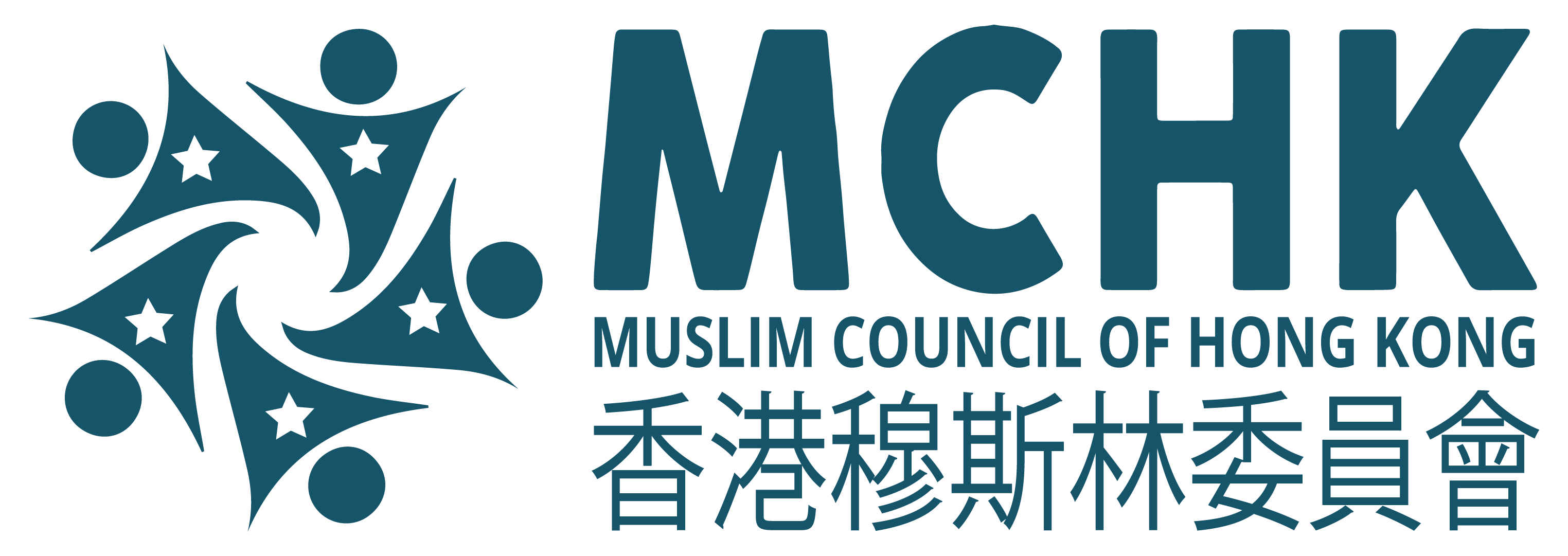The ‘Boat people’ – thousands of Rohingyan Muslims drifting on rickety boats for 7 days or more, braving a journey for months to reach a land of hope, to escape persecution, to a better life in Malaysia. With them, Bangladeshi nationals escaping extreme poverty in the hope of a better life. For both groups, this was probably a future life of illegal, underpaid and unskilled work as labourers. Without any food or water, countless died of extreme hunger and thirst- small children, women and men. Fights broke out amongst them over the scarce food packages dropped from Thai helicopters around the surrounding waters. Crammed into boats with little space to move, the Rohingya people were in a deadly game of ‘human ping pong’, rejected by one neighbouring country to another. None wanted to take them in, yet we saw compassion in non-Muslim societies such as Hong Kong, where people felt the urgency to reach out to these poor souls.
Prophet Muhammad (sall Allāhu ʿalayhi wa sallam) said:
“A woman was tormented because of a cat which she had confined until it died and she had to get into Hell. She did not allow it either to eat or drink as it was confined, nor did she free it so that it might eat the insects of the earth” [1]
Such is the weight of being kind to a small cat in Islam, let alone thousands of people.
So, who are these people? Where did they come from? The political boundaries of our times are ever so strict and divisive as never before. The neighbors, Bangladesh and Rakhine (previously Arakan) state of Myanmar share 271 kilometers of boundary with each other, separated by the Naf river running through plain lands of the very south-east end of South Asia. The people living on both sides of the river are of Indo-Aryan ethnicity, sharing the same language root, culture and religion – Islam. On the Myanmar side, they call themselves ‘Rooinga’ or ‘Rohingya’, the indigenous people of Arakan state and they were indeed called Rohingya in Myanmar until 1982.
In 1982 Citizenship Law of Myanmar revised and officially recognized 135 ethnic groups leaving out mainly Burmese Chinese including Muslim Hui People (Panthay) who made up 3% of the population, Gurkha, Burmese Indian (2%) and Rohingya (4%). Denying them citizenship and strengthening the radical Buddhist nationalists’ narrative of ethnically cleanse the Buddhist majority country. Burmese President Thein Sein denied Rohingya existence; calling them ‘Bengali’ implying they are illegal immigrants from Bangladesh. Buddhist nationalistic sentiment fuelled by Monk Wiratho and his ‘969’ movement led to ‘Muslim extermination’ mobs, looting, arson, rape and murder.
The population of Rohingya stands at only 2 million, and they are spread around different countries: 39% in Myanmar, 25% in Bangladesh, 20% in Saudi Arabia, 10% in Pakistan, 5% in Thailand and 2% in Malaysia. They travel with Bangladeshi passport or illegally. Bangladesh hosted them in refugee camps since 1978 with limited resources and international support with no future settlement in sight. In these poor regions, Bangladeshi and Rohingya are living side by side outside of the refugee camps, and they are desperately trying to seek a living.
Rohingya Muslims lived in Arakan for centuries and the first evidence dates back to 15th century under Mrauk U kingdom. The kings fashioned themselves as Bengali Mughals, though they were Buddhists, used Islamic coins and customs. When the British conquered Arakan state in 1823, they encouraged farmers and administrators from British Bengal and India to move into these lands.
Indonesia and Malaysia eventually took these refugees in temporarily and are seeking a more permanent solution. The Philippines, Turkey, Gambia and USA showed interest. The Muslim Council of Hong Kong in partnership with Dompet Dhuafa, initiated a fundraising campaign and it is humbling to see the response of the Muslim community in Hong Kong. We believe in Allāh’s words:
“And what can make you know what is [breaking through] the difficult pass? It is the freeing of a slave. Or feeding on a day of severe hunger. An orphan of near relationship. Or a needy person in misery. And then being among those who believed and advised one another to patience and advised one another to compassion.” [2]
When asked, “What is the most virtuous struggle?” The Prophet (sall Allāhu ʿalayhi wa sallam) said:
“A word of truth in front of a tyrannical ruler” [3]
The international community and the vast majority of people who feel compassionately for the Rohingyan people, are looking at Nobel Peace Prize Laureate Aung Sun Suu Kyi and the compassionate people of Myanmar to speak out. To formally recognise the ‘boat people’ at a place refer to as their homeland, their dreamland – the Arakan state. Myanmar, we wait attentively.
Featured Image: Steve Gumaer | Flickr Creative Commons
References:
[1] Narrated by Abdullah | Sahih Muslim, 32:6345
[2] Al-Qur’ān: 90:12-17
[3] At-Tariq ibn Shihab | Sahih Ahmad, 18449
Sources:
Seperating Fact from Fiction about Myanmar’s Rohingya
Straying From the Middle Way: Extremist Buddhist Monks Target Religious Minorities




One Comment
One Ping
Pingback:Rohingya Muslims – The Orphans of Asia – Muslim Council of Hong Kong